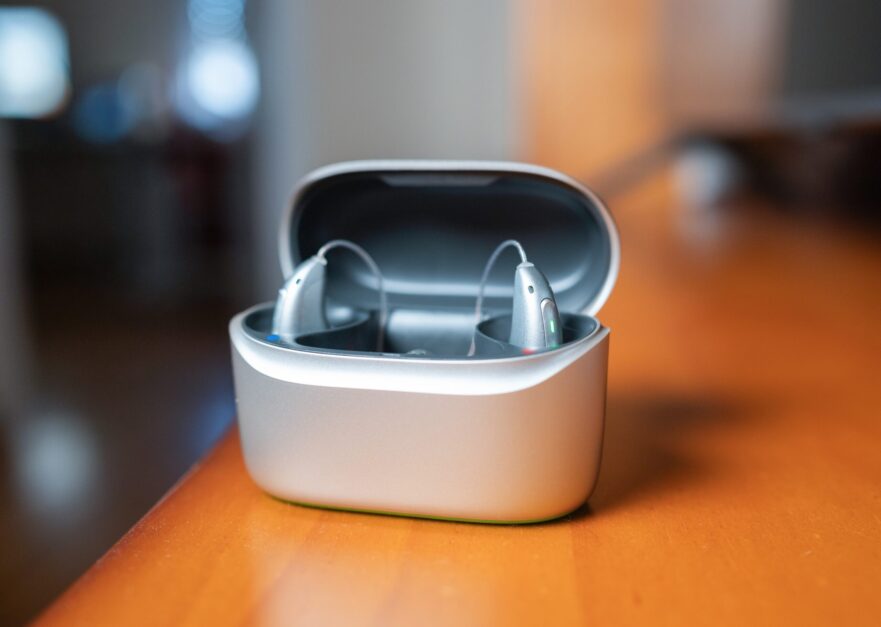When you are living with hearing difficulties, there are many ways you can address your condition. Hearing aids and cochlear implants are the two primary ways in which hearing loss is treated, but they do have their limits. When faced with excessively noisy or chaotic environments, they may have trouble eliminating the background noise so you can hear speech and other important sounds clearly.
At Fairway Hearing Center, we understand that hearing clearly is crucial to your wellbeing, and that it can’t always be accomplished with a hearing aid alone. That’s why today’s top hearing aid manufacturers have developed various assistive listening devices that work together with hearing aids and cochlear implants to enhance sounds and improve your ability to engage with the world around you. Residents experiencing hearing loss can improve their quality of life by exploring advanced hearing aids in Lewes.
Understanding the Science Behind Assistive Listening Technology
Assistive listening devices operate on sophisticated acoustic principles designed to overcome the natural limitations of traditional hearing aids. While hearing aids amplify all sounds in your environment, assistive listening devices employ selective amplification and signal processing to isolate and enhance the sounds you want to hear while minimizing unwanted background noise.
The fundamental challenge that these devices address is the signal-to-noise ratio problem. In noisy environments, the sounds you want to hear (like conversation) can become lost in the ambient noise around you. Traditional hearing aids, while beneficial, amplify everything equally, which means background noise gets amplified along with speech. Assistive listening devices solve this by creating a direct pathway between the sound source and your ear, effectively bypassing much of the environmental interference.
At Fairway Hearing Center, we regularly see patients who struggle with these challenging listening situations, even when they have well-fitted hearing aids. That’s why we always discuss assistive listening options as part of our comprehensive hearing care approach.
Most assistive listening devices utilize digital signal processing technology that can distinguish between different types of sounds. They use algorithms to identify speech patterns and prioritize these signals over consistent background noise like air conditioning, traffic, or crowd chatter. This selective processing is what makes these devices so effective in challenging listening situations.
Types of Assistive Listening Devices and Their Applications
Here is an overview of the types of assistive listening devices available on the market today and how they might be able to help you:
Remote Microphones
These compact devices are designed to be clipped onto your clothing, and just like any other microphone, they collect sound from the world around you. Unlike other microphones, however, they are paired directly with your hearing aid or cochlear implant. Once the sound is collected and amplified, it is transmitted to your device, drowning out background noise and giving you better sound clarity. Remote microphones work especially well for picking up individual speech in crowded rooms.
Remote microphones typically operate using wireless technology, such as Bluetooth or proprietary wireless protocols developed by hearing aid manufacturers. The microphone captures sound at its source and transmits it directly to your hearing device, creating an intimate listening experience even when you’re several feet away from the speaker. This direct transmission significantly improves the signal-to-noise ratio, making speech clearer and more intelligible.
These devices are particularly valuable in educational settings, business meetings, and social gatherings where you need to focus on one person’s voice among many. Many remote microphones also feature directional settings that allow you to focus on sounds coming from specific directions, further enhancing their effectiveness in complex acoustic environments.
The hearing care professionals at Fairway Hearing Center often recommend remote microphones for our patients who work in professional settings or have active social lives, as these devices can dramatically improve communication confidence in group situations.
Personal Amplifiers
There are many different types of personal amplifiers available; some are designed to work with your hearing aid while others may be used with a pair of headphones. Because they are generally larger than remote microphones, they are usually better for use around the home or in other buildings. For example, a personal amplifier might help you enjoy your favorite movies and TV shows with improved sound clarity.
Personal amplifiers work by capturing sound through built-in microphones and processing it through adjustable amplification circuits. Unlike hearing aids, which are calibrated to your specific hearing loss, personal amplifiers typically offer manual controls that allow you to adjust volume, tone, and sometimes even frequency response to match your immediate listening needs.
Many modern personal amplifiers include features like automatic gain control, which prevents sudden loud sounds from becoming uncomfortable, and noise reduction circuits that help minimize feedback and unwanted noise. Some advanced models even include multiple microphone settings optimized for different listening situations, such as one-on-one conversation, group discussions, or television watching.
In addition, some public places like churches and government buildings may be equipped with amplifiers that you can connect with your device to better hear sermons, court proceedings, and other forms of public address. These systems, known as assistive listening systems or hearing loops, create magnetic fields that can be picked up by hearing aids equipped with telecoil technology, providing crystal-clear sound transmission directly to your hearing device.
Choosing the Right Assistive Listening Device
Selecting the appropriate assistive listening device depends on several factors, including your degree of hearing loss, your lifestyle needs, and the specific listening challenges you face most frequently. Your hearing specialist can help evaluate your individual situation and recommend devices that will provide the most benefit. Individuals seeking personalized solutions for hearing loss can benefit from professional hearing aid fittings in Bishopville.
The experienced team at Fairway Hearing Center takes pride in providing personalized recommendations based on each patient’s unique needs and lifestyle. We understand that no two hearing loss cases are identical, which is why we take the time to understand your specific challenges and goals.
Consider your daily activities and the environments where you struggle most with hearing. If you frequently attend lectures or presentations, a remote microphone might be ideal.
It’s also important to ensure compatibility between your existing hearing aids or cochlear implants and any assistive listening devices you’re considering. Many manufacturers offer integrated systems where all components work seamlessly together, providing optimal performance and ease of use.
Where to Buy Assistive Listening Devices
If you are interested in finding out more about assistive listening devices or you need anything else related to hearing aids, Fairway Hearing Center is here to help you. Our experience makes us an excellent source for information, sales, hearing aid repair, and more.
Our team of experienced hearing specialists can assess your specific hearing needs and recommend the most appropriate assistive listening solutions for your lifestyle. We work with all major manufacturers and can provide hands-on demonstrations of different devices, allowing you to experience their benefits before making a purchase decision.
Call us at (302) 251-8252 or fill out the online form on our contact page to have your questions answered about hearing aids and assistive listening devices from Starkey, ReSound, Widex, Signia, and all of today’s top brands. We’re committed to helping you achieve the best possible hearing outcomes and improving your quality of life through better communication.

